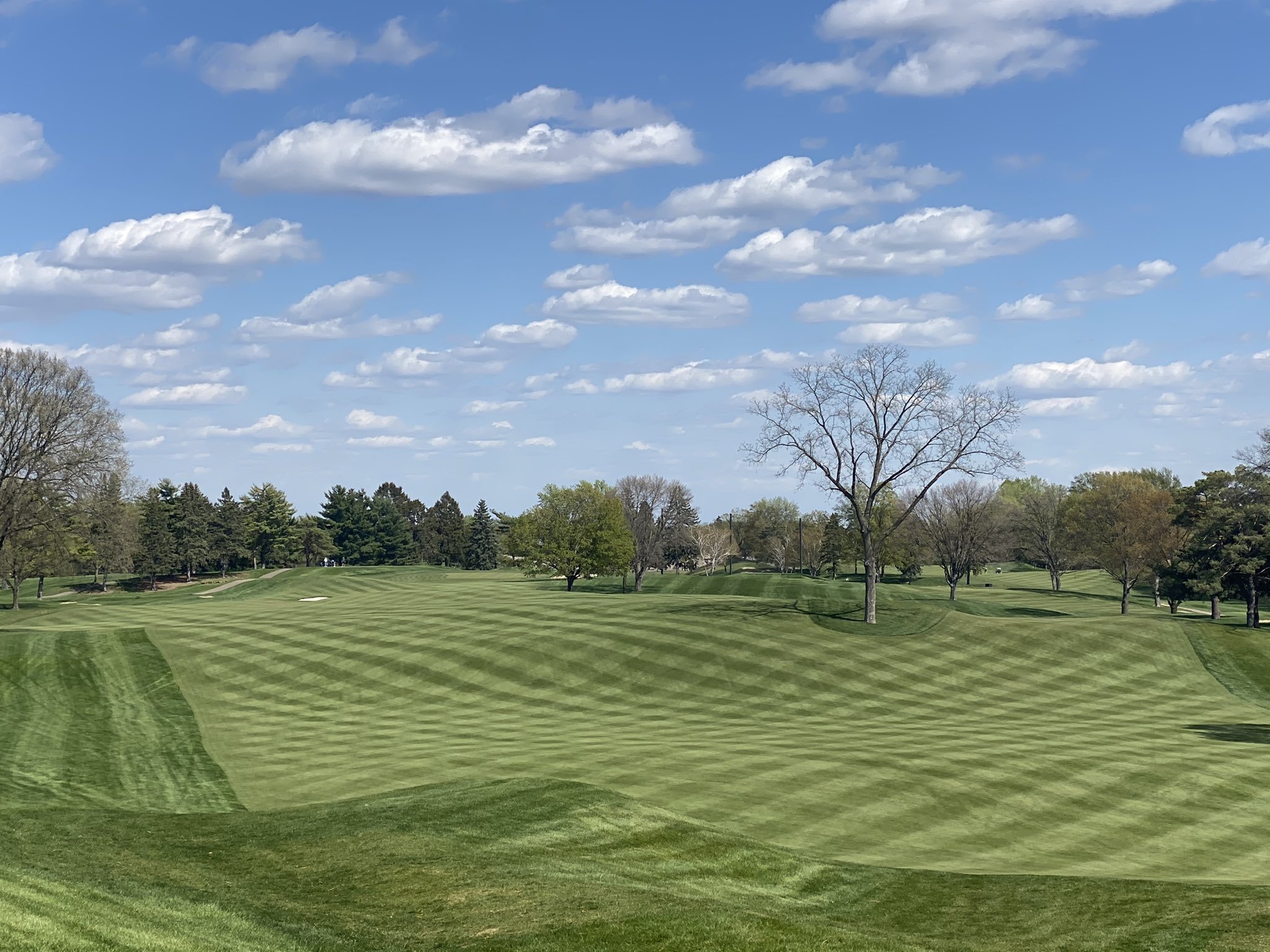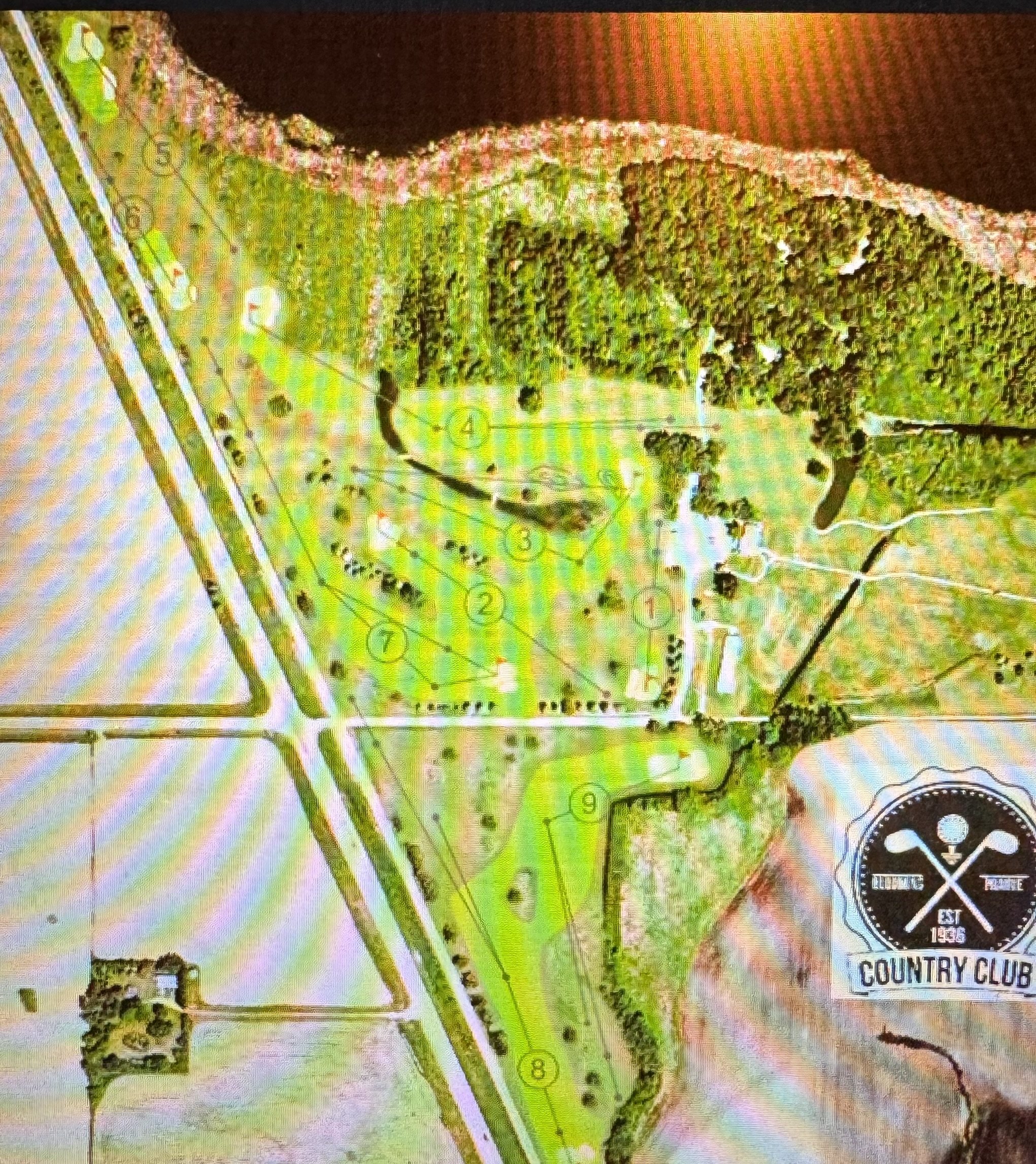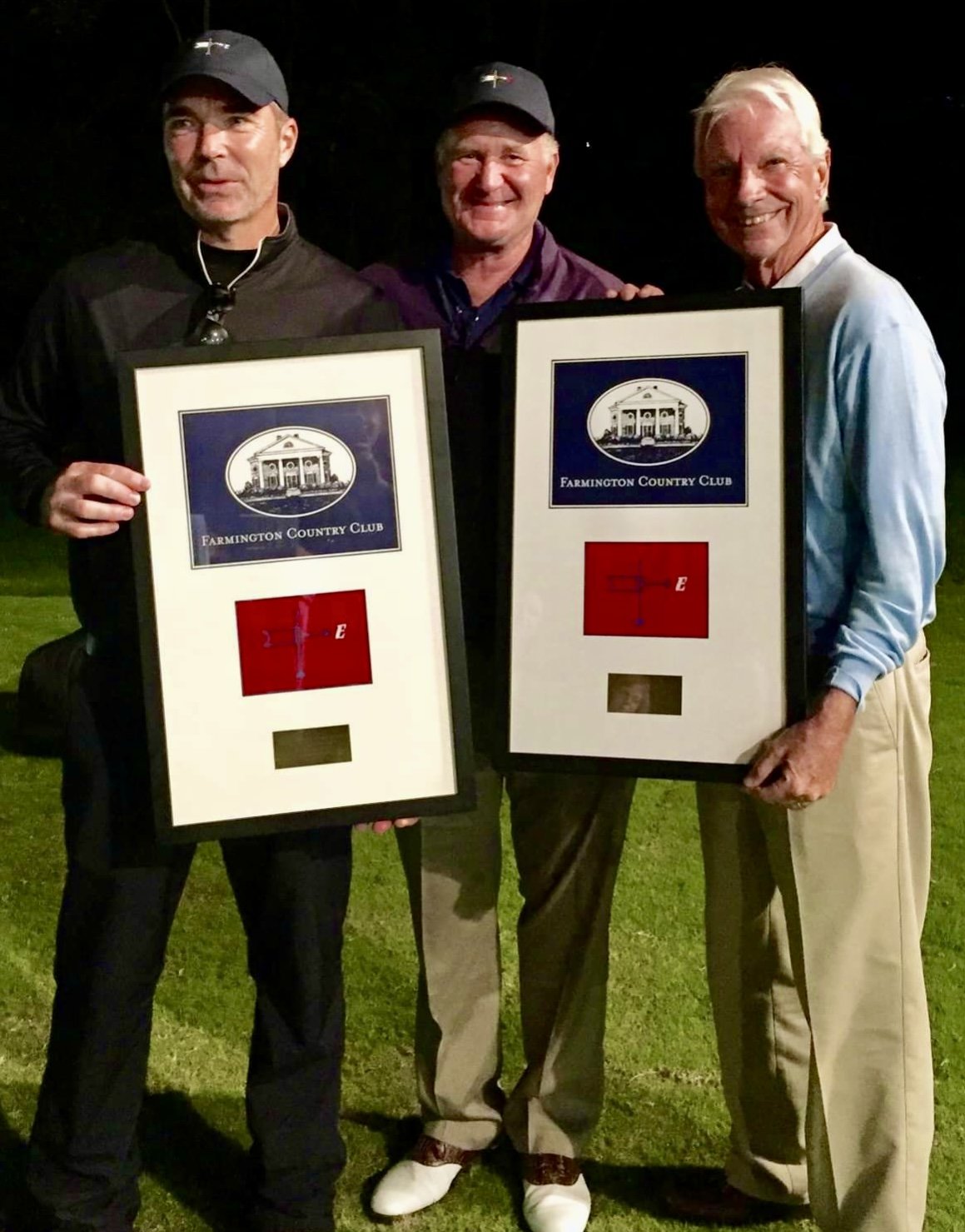What is golf course “renewal?”
As much as we might try, nothing stays the same forever. The game is changing: Players hit it longer than before. Projects have different demands—and different budgets—than they did even 10 years ago. And the tools at our disposal are very different, too.
How do you take a golf course—a place that is a living, breathing thing that is a part of the lives of the people who play it—and help it better fit modern needs? It’s not about erasing the important creative work of who came before, but enhancing it.
Rodney Cole Golf renewal projects are all customized for the needs of the client. They could involve elements like these:
•Returning greens to their original platforms and intention
•Setting retroactively installed cart paths into more environmentally appropriate and visually appealing locations
•Expanding teeing areas and lengthening holes to keep up with equipment demands
•Modifying tree coverage to return to the designer’s strategic intent
•Upgrading irrigation and maintenance infrastructure
•Blending different eras of renovation into a cohesive whole
•Structuring long-term improvements in ways that minimize disruption
I’m excited to help clients execute a vision that carries the best elements of the past into a beautiful, useful future.
What is a course “master plan?”
The phrase “master plan” is one of those that gets thrown around a lot—but without a consistent definition of what it really is. For one firm, it could mean a relatively boilerplate offering that produces a formal-looking presentation about a course’s existing infrastructure. For another, it might cover other aspects like surrounding real estate opportunities or limitations.
When I work with a client on a master plan, my goal is to go on a process of discovery together. No individual club member, facility manager, committee or group can speak for everyone. The wants and needs of a club are broad, complex and interrelated. What might be considered a “problem” by one constituency could be seen as an integral part of the course’s history or culture by another.
Rodney Cole Golf master planning is as unique as the client and the property. The contents are highly tailored to a project’s needs, and range from a small group of graphic renderings and plans to large, complex plans for long-term renovations.
Not sure what you need? I’m happy to share examples of other master plans and help you form a vision for what your project can be.
What are
“shaping services?”
I began my career learning golf course design literally from the ground up. That meant working closely with golf course architects like Ben Crenshaw, Bill Coore and Gil Hanse as a shaper on projects across the country and around the world. The land on which a golf course sits can have layers of rumpled, interconnect land forms, and an experienced shaper can use heavy machinery to create interesting and strategic new land forms.
It’s an extremely artistic process where it’s hard to predict exactly how ground conditions, weather patterns and other natural variables are going to work together with all the human factors: What looks “attractive” to the architect and client, what the goals are for the design, what the budget and time constraints are, etc. Those variables make quality shaping an integral part of any design or renewal project.
You can think of the shaping process as a kind of “editing” of the ground. You work through the phases of construction and rough grading to fine shaping and detail finish work—to the point where a green surface might be adjusted down to tenths of an inch of tolerance.
That shaping work continues to be a joy for me, and as my schedule permits, I enjoy collaborating with other designers and developers as either a shaper or a consultant who assists building qualified teams of shapers for projects around the world.
What does the design and building process look like?
Rodney Cole Golf is what’s known as a Plan+Design+Build firm. That means I don’t separate the planning and design phase from the artistic building process. Each project starts with a consultation and planning phase where we work together to make sure specific goals, objectives, themes, budgets and timelines are in place.
For example, a project may involve building a new practice facility. The right firm integrates the project management and construction management aspects so that they work seamlessly. Design, shaping, construction and building processes happen in an efficient, seamless system that avoids the delays and disjointedness that jeopardize project budgets and timelines.
My specialty is building collaborative teams using local resources and deploying the experience gained on projects in environments as varied as Dubai, Denmark, Ireland, Virginia, Kansas, Minnesota and Texas to navigate ever-changing variables, potential curveballs and red tape.
The proof is in the execution. If you’re considering a golf course design firm, ask about what a successful project looks like in terms of budget and timeline adherence. It’s not uncommon for us to realize a more than 15 percent savings relative to a project’s budget because of our attention to detail when it comes to synchronizing these elements.
Who are your design influences?
The images here show five of the most influential people during my time in this business—Ben Crenshaw, Dan Proctor and Dave Axland together, myself, Dave and Bill Coore in second and Dan Proctor, Scotty Sayers, myself and Ben Crenshaw in the last. The lessons they shared were about more than just golf course architecture: Like how to stay humble, gentle and practical in a world that is so often filled with hyperbole.
Ben and Bill were instrumental in my career. After successfully completing the reimagining of the East Course at Farmington Country Club, they recommended to club leadership that Dave and I handle the Main Course renewal. That opportunity has lead to many others that have propelled my career forward. I will be forever grateful for the confidence they had in me. I have a genuine, deep respect and admiration I share with many in the industry for the modern-day GOAT—my friend, Bill Coore. It’s been almost ten years, but it seems like yesterday we were in the dirt together renewing the East Course at Farmington CC. It was so much fun.
As far what Dave Axland, Dan Proctor and Scotty Sayers have meant to me professionally and personally, I could write a book!







